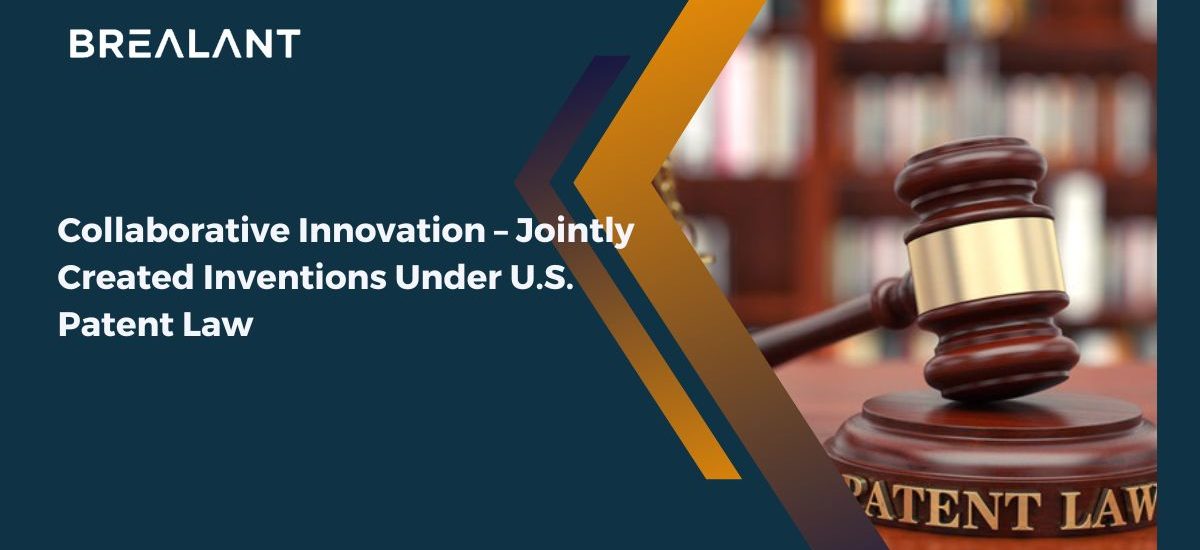Can a patent have one or multiple inventors? Yes, a patent can have one inventor or also have multiple. Inventors are dependent on those who invented the claimed invention. So, U.S. patent law prefers that all inventors be named in a patent application.
Do you know what the law defines? Law defines an inventor as those contributing to the claimed invention’s conception. An inventor is not a person or an individual whose contribution only reduces the invention to practice. In U.S. patent law, an individual becomes an investor only when a person contributes to the conception of at least one claim.
Have A Look at Some Types Of Inventors Under U.S. Patent Law
Joint Inventors: Joint itself means more than one person jointly invented and applied for a patent. They jointly created an invention, but it was not necessary:
- Physically work together or maybe at the same time.
- Make the same type or amount of contribution towards work.
- Contribute the subject matter of every claim of the patent.
Omitted Inventors: Omitted means not physically available as an inventor. In a joint invention, inventors must apply for a patent, but the inventor can’t join when applying. So, the application made by the other applicant or inventor on that person’s behalf cannot come to be known as an omitted inventor. Based on that proof, the director grants the same rights which the omitted inventor must have at the time of hir/her presence.
Correction in the application at the time of errors: If a person is named an inventor or forgot to add their name in the application for some reason. The director gives a grant or permission to amend the application accordingly, under such terms that they might be prescribed.
According to these, you can easily jointly create inventions under U.S. patent law. Work according to the situation, but all this can be done legally so that no one can stop you from working.
Have A Look on Some Rules and Regulations Under U.S. Patent Law
If you have a patent right to your created things, it becomes your personal property. Patent law says each co-inventor filled patent application owns that property. If an agreement is not available, then each co-inventor owns 100 percent of the patent rights. You need to confirm how much each individual contributed to the invention.
Patent law helps inventors have the right to make, use, license, sell, and import patented inventions within the United States. They easily do without the consent of the other co-owners.
Do You Want To Know What Is The Best Protection?
A patent might be between one or more inventors, but it must be clearly defined and in writing. You can also make an agreement between the creators of one invention. A written agreement outlines each inventor’s rights regarding their invention and subsequently to the patent.
Suppose you do not want any allegations and problems while patenting your invention. You must enter the agreement before any research or development is done. Somehow co-inventors are unaware of the conditions needed in a written agreement.
Until It’s been too late, and a co-owned patent is already filled with a U.S. patent and trademark office. If all inventors agree upon a joint venture, then a written agreement must assign a specific amount of interest to the inventors of the joint invention. If they do not assign any specific amount, they find themselves joint owners under U.S. patent law.
Jointly created inventions have some responsibilities.
- Avoid public disclosure: When you share your conversations regarding your research or invention ideas in a conference, in journals, online, or face-to-face. That is known as public disclosure, which you must avoid until you don’t have any patent rights for your invention. If you discuss your novel ideas with anybody, then it might be sure that that person grants patent rights before you fill out the application. So, disclosure of your invention should be avoided.
- Report to IPIRA: You must record all the steps you take in your research. When you believe your research leads to an invention, you must report to IPIRA. It is not merely important that this invention be done solely, or you can say without any help from your colleagues and professors. If you have an industry partner for your invention, then IPIRA’s agreement with that group may claim patent rights.
Conclusion
Having patent rights is necessary if you want your invention to be yours. When you work with two or more inventors, you need to be more alert regarding the agreement. The U.S. government allows you a 12-month grace period after you disclose to the public.
Meanwhile, the potential assignee must file a request for a patent under U.S. patent and trademark office. The whole game is fair if there is no patent regarding your invention. You must know that the grace period varies from country to country, and some have no grace period.










